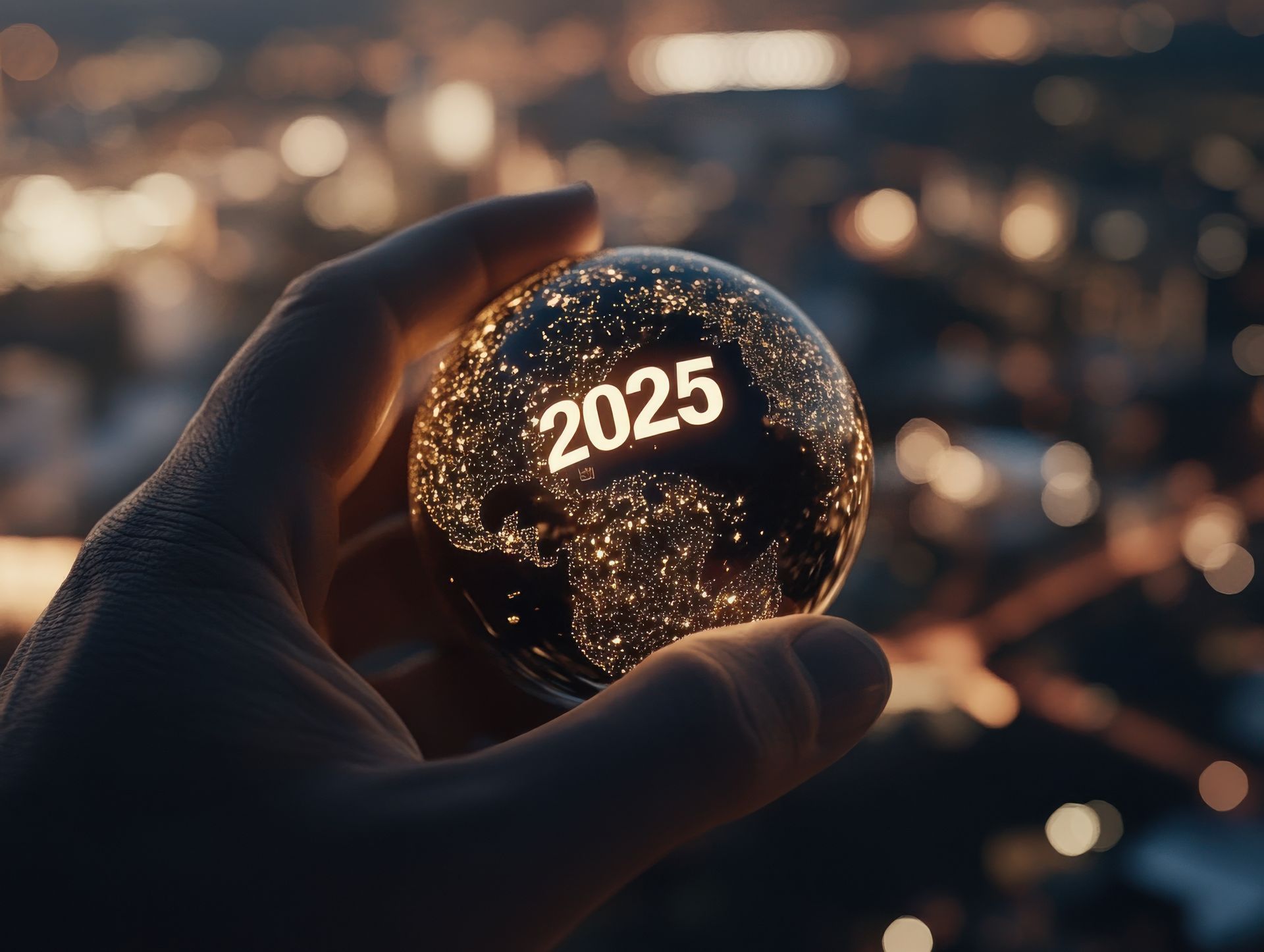Social Media Demographics: Part 1
What social media channels should I use for my business?

Why is demographic analysis so important for social media?
Social media is a marketing tool which is widely used in the modern day and, as with all forms of marketing, you need to understand your target audience to be able to maximise the effectiveness of your campaigns. A generic assumption is that you use social media to appeal towards the younger generations, however, does that assumption carry any truth?
Facebook Demographic Overview:
Facebook has recently seen a decline in new users, however, it is still the largest social media platform with approximately 2.18 billion users(1). It is often regarded as being an ageing platform as its fastest growing demographic is within the 65+ age range(1), but it is also one of its smallest with only 8.2% of its UK user base being 65+ (3). Its largest demographic range resides with the 25-34 age range with 25.6% of its UK customer base being in this range(3). Furthermore, a common misconception is that Facebook’s main user audience is in North America, however, this is not the case as 90% of its users come from outside the U.S./Canada with its largest user base coming from India with 80 million more users than the U.S(2). Finally, it also has quite a large user gender split with there being 320 million more male users than female users (66/44 split). (2)
Instagram Demographic Overview:
Instagram has seen huge recent growth with a 29% increase in users from 2020-2021 within the UK(1). Its primary user demographic is with teens as 72% of all teens use Instagram(4) with a much smaller elderly demographic than Facebook and is often regarded as being Facebook’s little sister due to its ownership of Instagram and differing age demographics. It is also one of the best ways to advertise to teens with a survey in the U.S. stating that 73% of teens say that Instagram is the best way for brands to reach out to them regarding new products(4). One thing to note is that Instagram has lower engagement rates than its older sister (Facebook) with engagement sitting around 1% depending on the number of followers as there is a negative correlation between followers and engagement rate. Finally, Instagram sees a slightly larger female gender split (51/49 split)(4).
TikTok Demographic Overview:
TikTok has been a behemoth of growth within the last couple of years with users joining so quickly that any figures given here will probably be exceeded by the time you have read this. Its main user demographic is part of the younger generation with 41% of its users being aged 16-24(5). It also has a great user retention with people spending 52 minutes per day, on average, on the app and a huge 29% engagement rate(5). In terms of geography, it has a large Asian user base with Chinese users accounting for 80% of time spent on the app in the year 2019(5), yet its recent branching into European and North American Markets will have subsided that figure slightly since then. Interestingly, its gender split is 56/44 in favour of males(5).
Part 2 Coming Soon!
Sources:
(1) Source:
The UK Social Media Statistics for 2021 - Avocado Social
(2) Source:
• Facebook by the Numbers (2021): Stats, Demographics & Fun Facts (omnicoreagency.com)
(3) Source:
• United Kingdom: Facebook users by age group 2021 | Statista
(4) Source:
• Instagram by the Numbers (2021): Stats, Demographics & Fun Facts (omnicoreagency.com)
(5)
Source:
• TikTok by the Numbers (2021): Stats, Demographics & Fun Facts (omnicoreagency.com)











